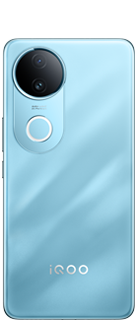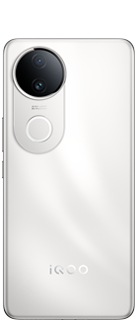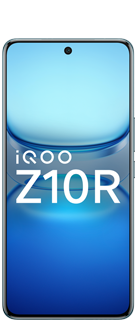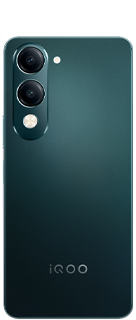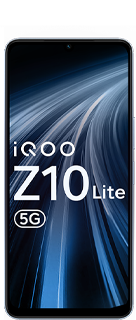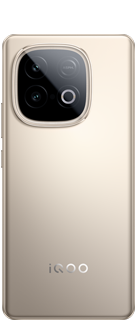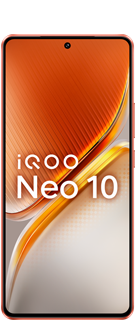Cracking Qualcomm's Chipset Names: Making Sense of Snapdragon Gen Series
Greetings, Questers!
I trust you're all doing splendidly. We're aware that the semiconductor giant Qualcomm labels its chipsets after the 800 series as "Gen" chipsets. You might wonder why they chose this naming convention instead of continuing with the 900 series.

Since the arrival of the Snapdragon 8 Gen 1 in 2021,
Qualcomm's chipset naming system has become somewhat intricate. While distinguishing between the mid-range Snapdragon 7 and the flagship Snapdragon 8 series is straightforward, the internal categorizations within these processor classes add complexity.
Amid a constant stream of processor releases, navigating the options can be overwhelming. When choosing a phone powered by one of Qualcomm's many Snapdragon chipsets, it's crucial to identify which one aligns with your requirements. This guide aims to simplify Qualcomm's chipset naming scheme, helping you make informed decisions about your device's performance.
During the Snapdragon Technology Summit in 2021, Qualcomm made a significant shift in its chipset naming convention, moving from the Snapdragon 888 to the Snapdragon 8 Gen 1. This change was prompted by the perceived limitations of the previous numbering scheme, which would have become redundant beyond the 899 designation. To address this, Qualcomm introduced the "Gen" series, consisting of four tiers of mobile chipsets:
1. Snapdragon 8 Gen series
2. Snapdragon 7 Gen series
3. Snapdragon 6 Gen series
4. Snapdragon 4 Gen series
This alteration, while intended to provide a clearer framework for future chipset releases, may add complexity for consumers when selecting a phone.
The stock variant

refers to the unaltered version of the Snapdragon chipset, without any modifications to enhance or reduce its performance. Examples include the Snapdragon 8 Gen 1, 8 Gen 2, 7 Gen 1, 7 Gen 2, and so forth.
Toned Down Variant

To cater to a broader market, Qualcomm offers toned-down variants of its processors by reducing the clock speeds of the CPU and GPU from the standard versions. These variants are identified by adding an "s" to their names. For instance, the Snapdragon 8s Gen 3 and Snapdragon 7s Gen 2 are examples of such versions.
Let's delve into the comparison between the Snapdragon 8 Gen 3 and its toned-down counterpart, the 8s Gen 3. While the primary Cortex X4 core remains the same across both versions, the clock speed is lowered in the 8s Gen 3, capped at 3.0GHz compared to the 3.3GHz of the 8 Gen 3. However, differences extend beyond clock speeds.
The core configuration also varies, with the Snapdragon 8 Gen 3 featuring three Cortex-A720 cores clocked at 3.15GHz, two Cortex-A720 cores at 2.96GHz, and two Cortex-A520 cores at 2.27GHz.
Over Clocked Variants

Certain Qualcomm chipsets feature a plus (+) in their names, indicating that they are overclocked versions of their standard counterparts. Examples include the Snapdragon 8+ Gen 1, 7+ Gen 2, and 7+ Gen 3 chipsets.
Returning to the discussion, although both chipsets feature the same Cortex-X2 primary core, the clock speed is increased to 3.2GHz on the Snapdragon 8+ Gen 1 compared to 3.0GHz on the 8 Gen 1. Notably, both chipsets are equipped with the Adreno 730 GPU, resulting in no variation in that aspect.
The Snapdragon 8 Gen series : Flagship

is tailored for users prioritizing performance above all else. Whether underclocked or overclocked, these chipsets consistently deliver exceptional performance and represent the pinnacle of Qualcomm's chipset lineup. With leaks and rumors circulating about the Snapdragon 8 Gen 4, it's poised to be Qualcomm's forthcoming flagship offering, continuing the legacy of top-tier performance.
The Snapdragon 7 Gen series : Premium Mid-Ranger

there are several options available. Despite being part of the 7 series, the Snapdragon 7 Gen 1 chipset offers performance equivalent to Qualcomm's Snapdragon 860.
The Snapdragon 6 Gen series : Standard Mid-Ranger

the current offering is the 6 Gen 1 chipset. Notably, it boasts slightly enhanced performance compared to the widely utilized Snapdragon 695. Additionally, it demonstrates improved power efficiency, leveraging a 4nm process node.
The Snapdragon 4 Gen series : Entry Level

Positioned at the lower end of the spectrum. Chipsets from this series, like the one found in the iQOO Z6 Lite and similar near-entry-level devices, are designed for basic functionality rather than robust performance. These processors are intended to handle everyday tasks smoothly, but demanding activities such as gaming may not be suitable for them.
Questers,
I've attempted to encompass all series and generations of Snapdragon's latest chipsets and their respective names. Please share in the comments which chipset you prefer the most.
PC : Qualcomm.Com
Signing Off
Your Superb Qool Quester 😎
Best Reviewer Of The Year 2023
@iQOO Connect Community
Please sign in
Login and share
